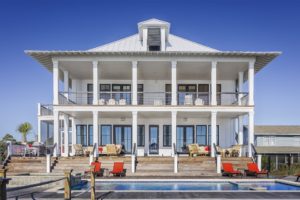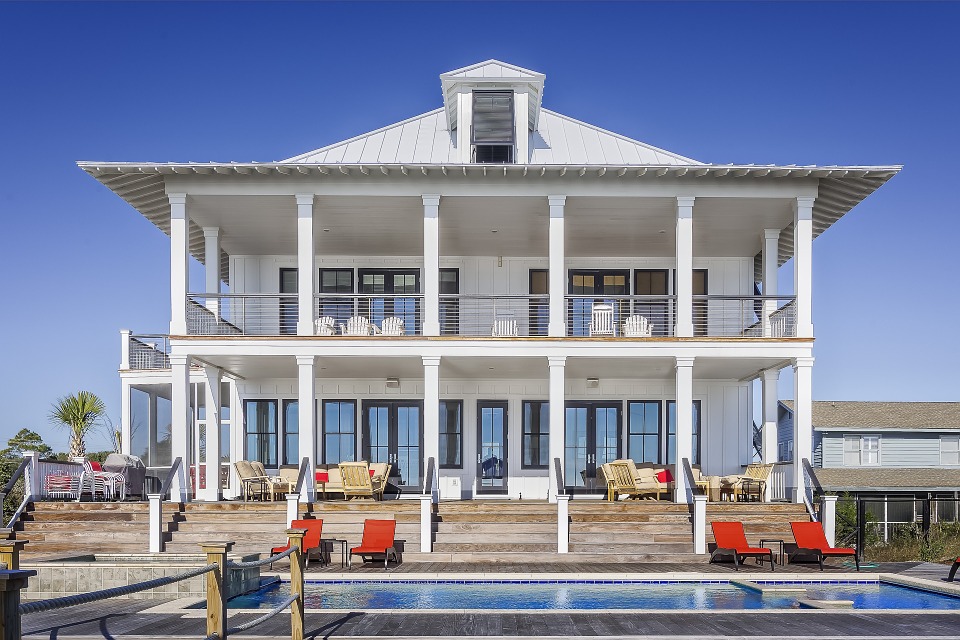Wherever you may be, having a cool home should be one of the things you should think of; add that if you live in a tropical country like the Philippines. Beating the price of the electricity is one; beating the heat is another. So how do you transform your home to a cool one without spending too much money? Here are 6 of the best tips that an architect can give to have a cool home.

Lighter colors mean a cooler feel
It is a known fact that light colors promote a cleaner and cooler ambiance. People often make bad decisions in choosing dark colors for their external walls and this should be avoided. Dark colors absorb the sun’s heat and energy and it retains this longer than lighter colors. Instead, try and incorporate lighter colors to most areas of your house. This is to ensure that coolness will circulate all throughout your space
Shades are a good idea
As much as possible, try putting more shade outside and inside your vicinity. Ensuring a safe and open space can cost you less air-conditioning = less electricity. One good and inexpensive tip is to add a small tree or a plant box to a window that is exposed to sunlight. With this, the plant can help oxygen circulate better and faster and the plant itself can block the rays of sun that are to enter your sweet home.
Strategize on cross ventilation
Based on Engineering and Architecture, cross ventilation is one technique that can keep your space cool without having to deal with expensive stuff. To give you a brief explanation, cross ventilation is a natural form of wind that goes in at one side of a structure and passes through to another. In this case, you would be obliged to know how the wind blows in your area to have proper placement of holes to ensure that cross ventilation is at its best.
The stack effect
This happens when a lighter and slightly warmer air inside the space is overridden by denser, and cooler putside air. Imagine a scenario like this: A high opening inside the building and another one at the bottom. If the air inside your house is warmer than that of the outside, the air from the outside will make the hotter air inside float out to the top, replacing the warm air which creates a cool home – this is the stack effect.
Plan the landscape
In relation to adding trees in the vicinity of your home, placement of vegetation in your space can be key as well. Trees and plants, if properly placed can let air circulate and make them cooler when it passes inside your house. These can be used as a funnel in and out of your structure. Grass, plants, and trees, absorb and retain heat less than concrete and wood so map out your landscape accordingly.
If nature won’t be able to solve this, use fans
Strategic placement of fans can eliminate heat faster than you can imagine. To give you an idea, hot air rises and escapes through the high point of your homes. Place fans in areas where it can help release hot air inside your structures or houses.
These are tips that can solve the never-ending problem of humidity inside houses. Planning is the key and if all else fails, it never hurts to run back to appliances. Follow this list and have the most comfortable home ever!

